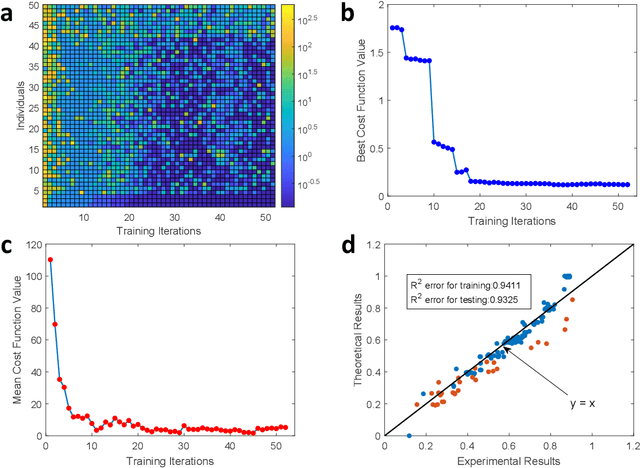Xianshu Luo
Efficient option pricing with unary-based photonic computing chip and generative adversarial learning
Aug 08, 2023Abstract:In the modern financial industry system, the structure of products has become more and more complex, and the bottleneck constraint of classical computing power has already restricted the development of the financial industry. Here, we present a photonic chip that implements the unary approach to European option pricing, in combination with the quantum amplitude estimation algorithm, to achieve a quadratic speedup compared to classical Monte Carlo methods. The circuit consists of three modules: a module loading the distribution of asset prices, a module computing the expected payoff, and a module performing the quantum amplitude estimation algorithm to introduce speed-ups. In the distribution module, a generative adversarial network is embedded for efficient learning and loading of asset distributions, which precisely capture the market trends. This work is a step forward in the development of specialized photonic processors for applications in finance, with the potential to improve the efficiency and quality of financial services.
A photonic chip-based machine learning approach for the prediction of molecular properties
Mar 03, 2022



Abstract:Machine learning methods have revolutionized the discovery process of new molecules and materials. However, the intensive training process of neural networks for molecules with ever increasing complexity has resulted in exponential growth in computation cost, leading to long simulation time and high energy consumption. Photonic chip technology offers an alternative platform for implementing neural network with faster data processing and lower energy usage compared to digital computers. Here, we demonstrate the capability of photonic neural networks in predicting the quantum mechanical properties of molecules. Additionally, we show that multiple properties can be learned simultaneously in a photonic chip via a multi-task regression learning algorithm, which we believe is the first of its kind, as most previous works focus on implementing a network for the task of classification. Photonics technology are also naturally capable of implementing complex-valued neural networks at no additional hardware cost and we show that such neural networks outperform conventional real-valued networks for molecular property prediction. Our work opens the avenue for harnessing photonic technology for large-scale machine learning applications in molecular sciences such as drug discovery and materials design.
 Add to Chrome
Add to Chrome Add to Firefox
Add to Firefox Add to Edge
Add to Edge